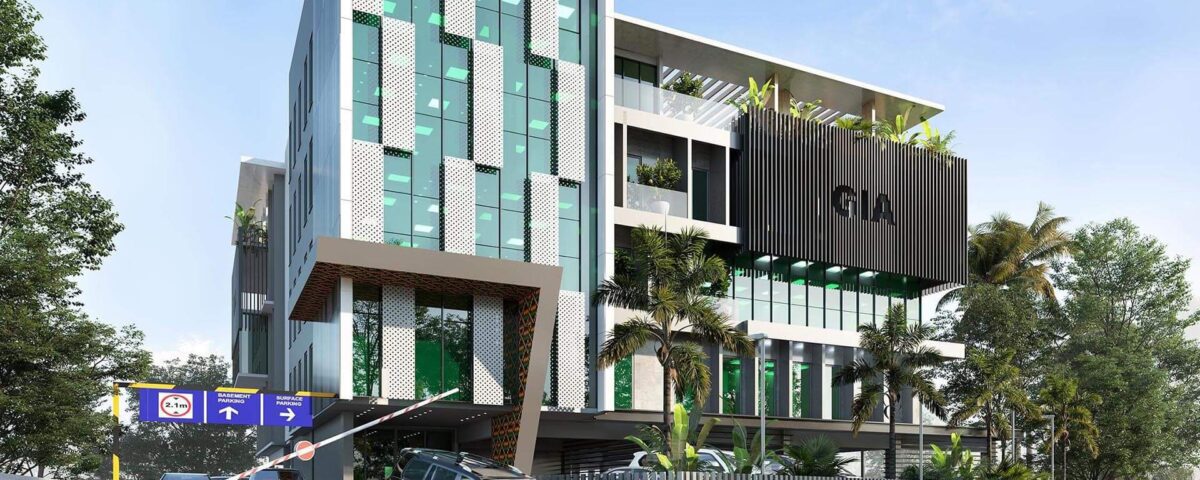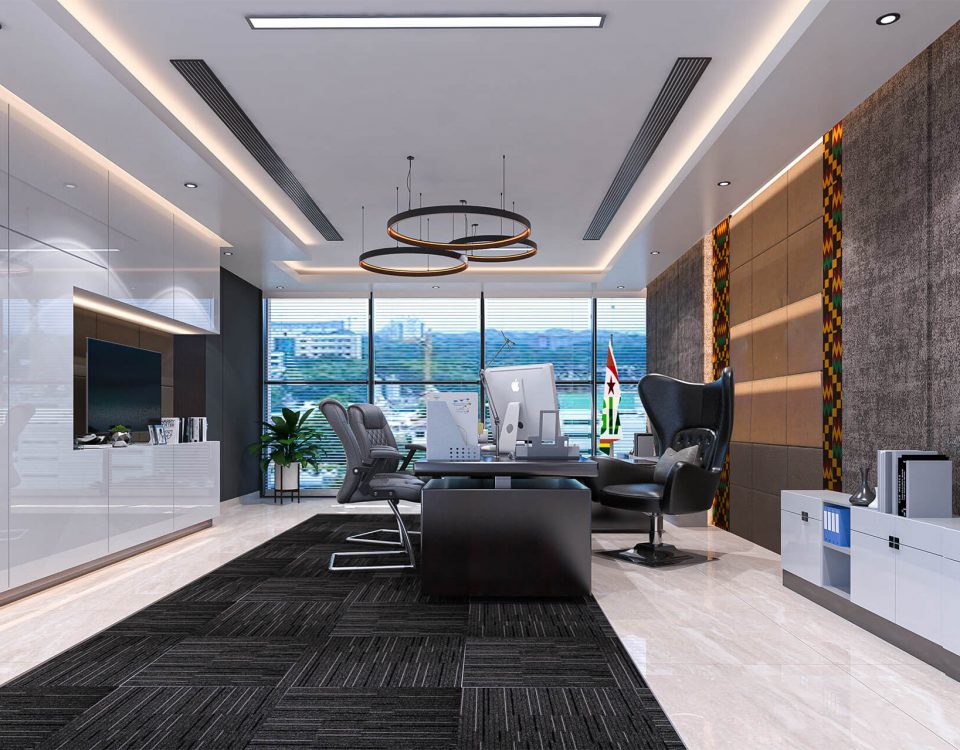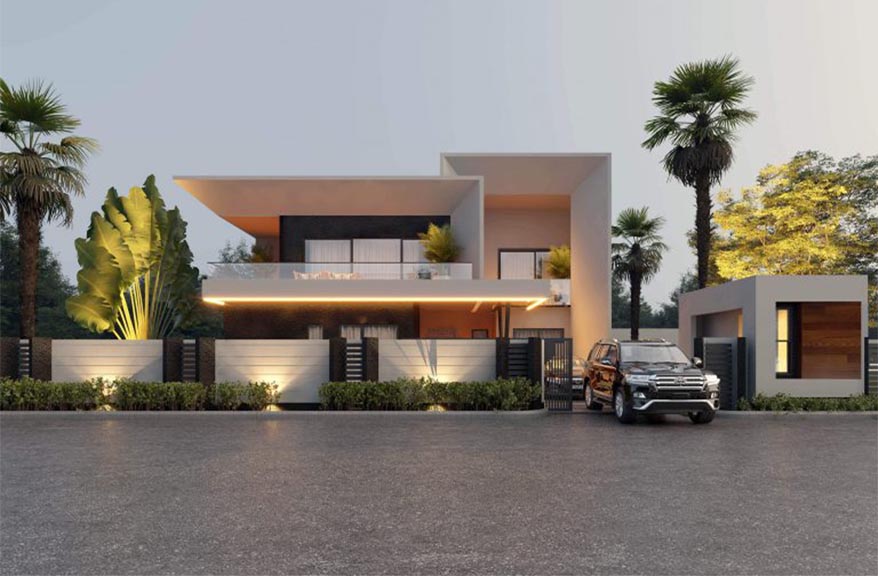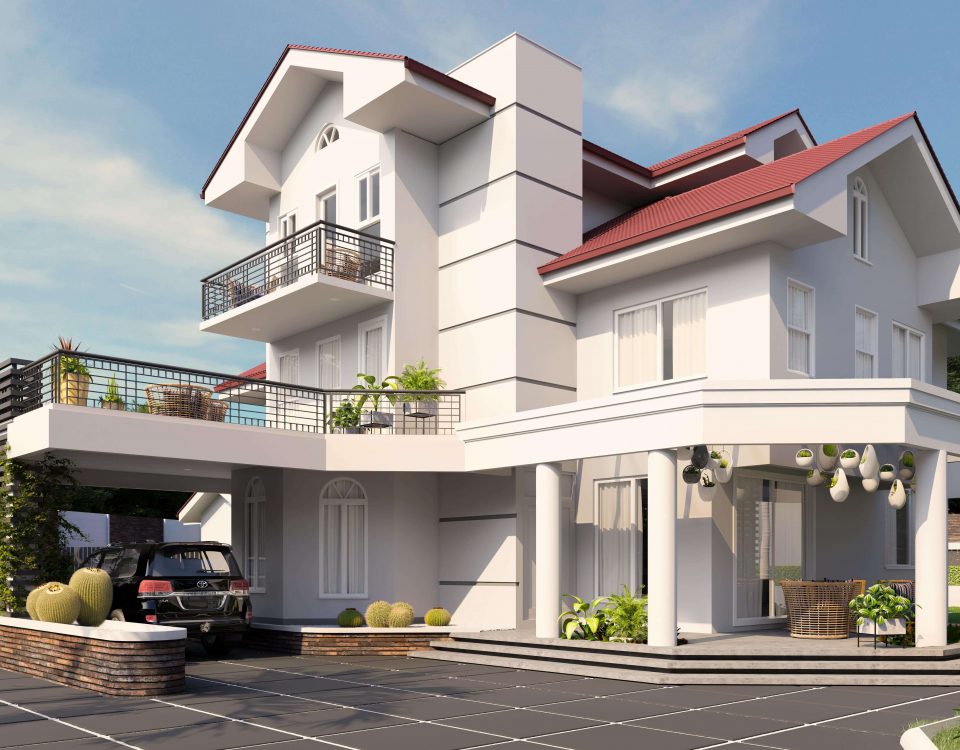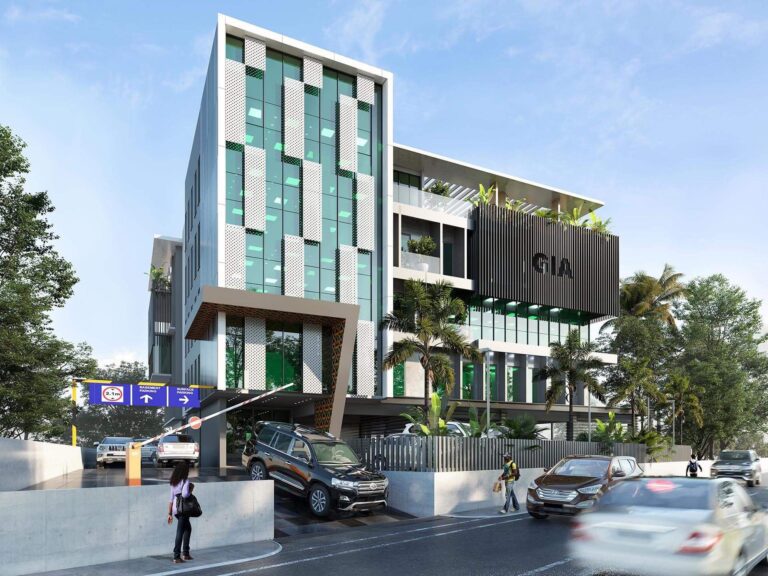
The Future of Sustainable Architecture: Trends to Watch

As a professional architectural firm, we have always been interested in designing buildings that not only look great but are also sustainable. Sustainable architecture is the way of the future, and it's time for everyone in the industry to embrace it. In this article, we will introduce you to sustainable architecture, highlight its importance, discuss the benefits, and explore some sustainable architecture trends that are transforming the industry.
Introduction to Sustainable Architecture
Sustainable architecture is a design philosophy that considers the environmental impact of buildings. It involves using energy-efficient materials and technologies, reducing waste and pollution, and creating spaces that are healthy and comfortable for occupants. Sustainable architecture is not just about energy efficiency; it's also about creating buildings that are in harmony with their surroundings.
Importance of Sustainable Architecture
Sustainable architecture is important for many reasons. First, buildings are responsible for a significant amount of global greenhouse gas emissions. By designing more energy-efficient buildings, we can reduce the amount of energy needed to power them, which in turn reduces emissions. Second, sustainable buildings can help reduce waste and pollution. By using materials that are recycled, recyclable, or non-toxic, we can reduce the amount of waste that ends up in landfills. Third, sustainable buildings can improve the health and well-being of occupants. By creating spaces that are well-ventilated, well-lit, and free of harmful chemicals, we can create healthier environments for people to live and work in.
Benefits of Sustainable Architecture
Sustainable architecture has many benefits. First, it can help reduce energy bills. By using energy-efficient technologies and materials, buildings can use less energy and save money on utility bills. Second, sustainable buildings can increase property values. Many people are willing to pay more for properties that are energy-efficient and environmentally friendly. Third, sustainable buildings can improve the health and well-being of occupants. By creating spaces that are well-ventilated, well-lit, and free of harmful chemicals, we can create healthier environments for people to live and work in.
Sustainable Architecture Trends
There are many sustainable architecture trends that are transforming the industry. Some of these trends include passive design strategies, green building materials, biophilic design, and net-zero energy buildings.
Passive Design Strategies
Passive design strategies involve designing buildings that use natural energy sources, such as sunlight and wind, to reduce energy consumption. Passive design strategies include things like orienting buildings to take advantage of natural light and ventilation, and using shading devices to reduce the amount of heat that enters a building.
Green Building Materials
Green building materials are materials that are environmentally friendly, non-toxic, and sustainable. These materials include things like bamboo, recycled steel, and reclaimed wood. Green building materials can help reduce the environmental impact of buildings and improve the health and well-being of occupants.
Biophilic Design
Biophilic design involves incorporating natural elements, such as plants and water features, into building design. Biophilic design has been shown to improve mental health and well-being, reduce stress, and increase productivity.
Net-Zero Energy Buildings
Net-zero energy buildings are buildings that produce as much energy as they consume. These buildings typically use a combination of energy-efficient technologies and renewable energy sources, such as solar and wind power, to achieve net-zero energy consumption.
Future of Sustainable Architecture
The future of sustainable architecture is bright. As more people become aware of the environmental impact of buildings, there will be an increasing demand for sustainable buildings. In the future, we can expect to see more buildings that use renewable energy sources, more buildings that are designed to be in harmony with their surroundings, and more buildings that prioritize the health and well-being of occupants.
Conclusion
Sustainable architecture is the way of the future. It's time for everyone in the industry to embrace it. By designing buildings that are environmentally friendly, energy-efficient, and healthy for occupants, we can create a better future for ourselves and for generations to come. If you're interested in learning more about sustainable architecture, check out Spektra Global's sustainable architecture designs.
Introduction to Sustainable Architecture
Sustainable architecture is a design philosophy that considers the environmental impact of buildings. It involves using energy-efficient materials and technologies, reducing waste and pollution, and creating spaces that are healthy and comfortable for occupants. Sustainable architecture is not just about energy efficiency; it's also about creating buildings that are in harmony with their surroundings.
Importance of Sustainable Architecture
Sustainable architecture is important for many reasons. First, buildings are responsible for a significant amount of global greenhouse gas emissions. By designing more energy-efficient buildings, we can reduce the amount of energy needed to power them, which in turn reduces emissions. Second, sustainable buildings can help reduce waste and pollution. By using materials that are recycled, recyclable, or non-toxic, we can reduce the amount of waste that ends up in landfills. Third, sustainable buildings can improve the health and well-being of occupants. By creating spaces that are well-ventilated, well-lit, and free of harmful chemicals, we can create healthier environments for people to live and work in.
Benefits of Sustainable Architecture
Sustainable architecture has many benefits. First, it can help reduce energy bills. By using energy-efficient technologies and materials, buildings can use less energy and save money on utility bills. Second, sustainable buildings can increase property values. Many people are willing to pay more for properties that are energy-efficient and environmentally friendly. Third, sustainable buildings can improve the health and well-being of occupants. By creating spaces that are well-ventilated, well-lit, and free of harmful chemicals, we can create healthier environments for people to live and work in.
Sustainable Architecture Trends
There are many sustainable architecture trends that are transforming the industry. Some of these trends include passive design strategies, green building materials, biophilic design, and net-zero energy buildings.
Passive Design Strategies
Passive design strategies involve designing buildings that use natural energy sources, such as sunlight and wind, to reduce energy consumption. Passive design strategies include things like orienting buildings to take advantage of natural light and ventilation, and using shading devices to reduce the amount of heat that enters a building.
Green Building Materials
Green building materials are materials that are environmentally friendly, non-toxic, and sustainable. These materials include things like bamboo, recycled steel, and reclaimed wood. Green building materials can help reduce the environmental impact of buildings and improve the health and well-being of occupants.
Biophilic Design
Biophilic design involves incorporating natural elements, such as plants and water features, into building design. Biophilic design has been shown to improve mental health and well-being, reduce stress, and increase productivity.
Net-Zero Energy Buildings
Net-zero energy buildings are buildings that produce as much energy as they consume. These buildings typically use a combination of energy-efficient technologies and renewable energy sources, such as solar and wind power, to achieve net-zero energy consumption.
Future of Sustainable Architecture
The future of sustainable architecture is bright. As more people become aware of the environmental impact of buildings, there will be an increasing demand for sustainable buildings. In the future, we can expect to see more buildings that use renewable energy sources, more buildings that are designed to be in harmony with their surroundings, and more buildings that prioritize the health and well-being of occupants.
Conclusion
Sustainable architecture is the way of the future. It's time for everyone in the industry to embrace it. By designing buildings that are environmentally friendly, energy-efficient, and healthy for occupants, we can create a better future for ourselves and for generations to come. If you're interested in learning more about sustainable architecture, check out Spektra Global's sustainable architecture designs.

